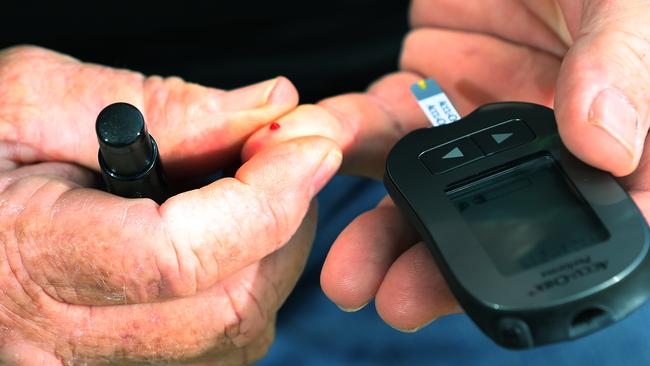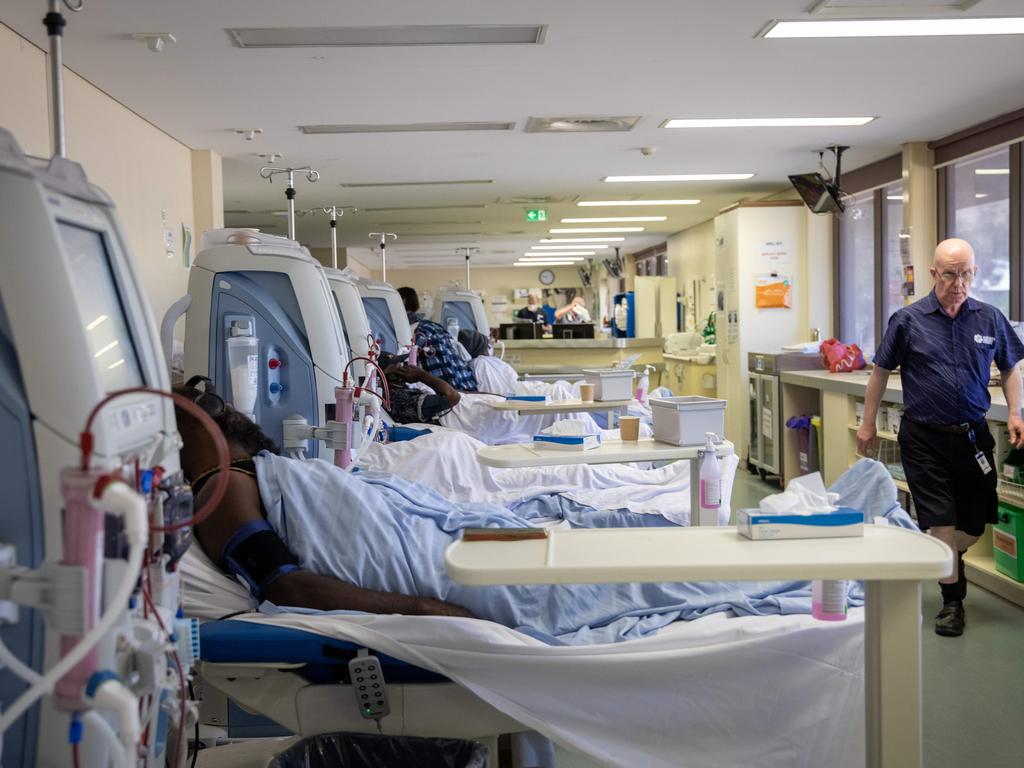Australia has a 10-year health prevention strategy with not one single dollar attached to its aims


It’s an unsustainable situation, even as state and federal governments pour rising billions into hospitals and acute care.
We are reaching a tipping point where the economics will simply no longer stack up. Arguably, we’re already there.
Food security and quality, and housing and economic status, drive the trends, but at the structural level Australia’s two-tiered health-funding system is failing to rise to the vast challenge of combating this serious and sometimes fatal chronic disease.
This is a failure of our federation. Political wars over health funding come at the expense of coherent funding models attached to clear outcomes. States fund hospitals while the commonwealth funds primary care, and political wars are a constant. But it’s not clear who is taking responsibility for preventive health.
Absurdly, Australia has a 10-year health prevention strategy with not one single dollar attached to its aims. We truly are funding a sickcare system, not a healthcare system.
The British government devotes 6 per cent of its health budget to prevention; Australia only 2 per cent. It stipulates a ratio in its hospitals of one diabetes-credentialled educator for every 300 beds. At Campbelltown Hospital in southwest Sydney, they have one part-time diabetes educator for up to 900 beds.
As a result of the buck stopping with no one, the commonwealth has completely vacated the field in funding prevention programs, unforgivably in the world’s worst hotspot for type 2 diabetes, right here in our nation’s heartland in Alice Springs. In the entire Northern Territory, the commonwealth funds exactly zero specific diabetes prevention programs.
The cash-strapped NT government receives massive grants to prop up its health service, but when mild-mannered nephologists tell you on the record that they cannot service all of the patients on their books in what are already the biggest dialysis centres in the southern hemisphere in Alice Springs, and that the only reason they can dialyse all of their patients is because they don’t all turn up for their appointments, there is a serious problem.
It’s no exaggeration to say hospitals are on the brink. This is not a topic that generally draws the nation’s attention, but this is the creeping disease that almost one in five of us have.
The extraordinarily frank comments from frontline doctors around the country – and the bravery of the patients who let us inside their dialysis sessions and homes in town camps, who showed us their prosthetic legs and their stumps, who spoke of their children diagnosed at five years old, and the children they lost to this disease aged barely 40 – must be a call to arms.
Because this problem is not going away. And even if it doesn’t touch you personally, lest you need a hospital bed for any reason at all, as hospitals buckle under the strain, it may be harder and harder to get one.





The diabetes epidemic is a national disaster in plain sight. As the frontline medics who abandoned their ordinary tendency for clinical detachment told us in Alice Springs, Penrith, Campbelltown and Heidelberg, the extraordinary prevalence and high rate of complications wrought by the type 2 diabetes epidemic is pushing hospitals to the brink.